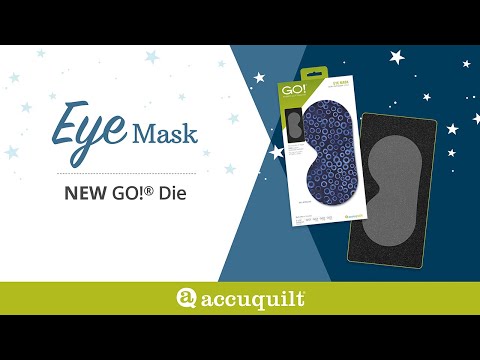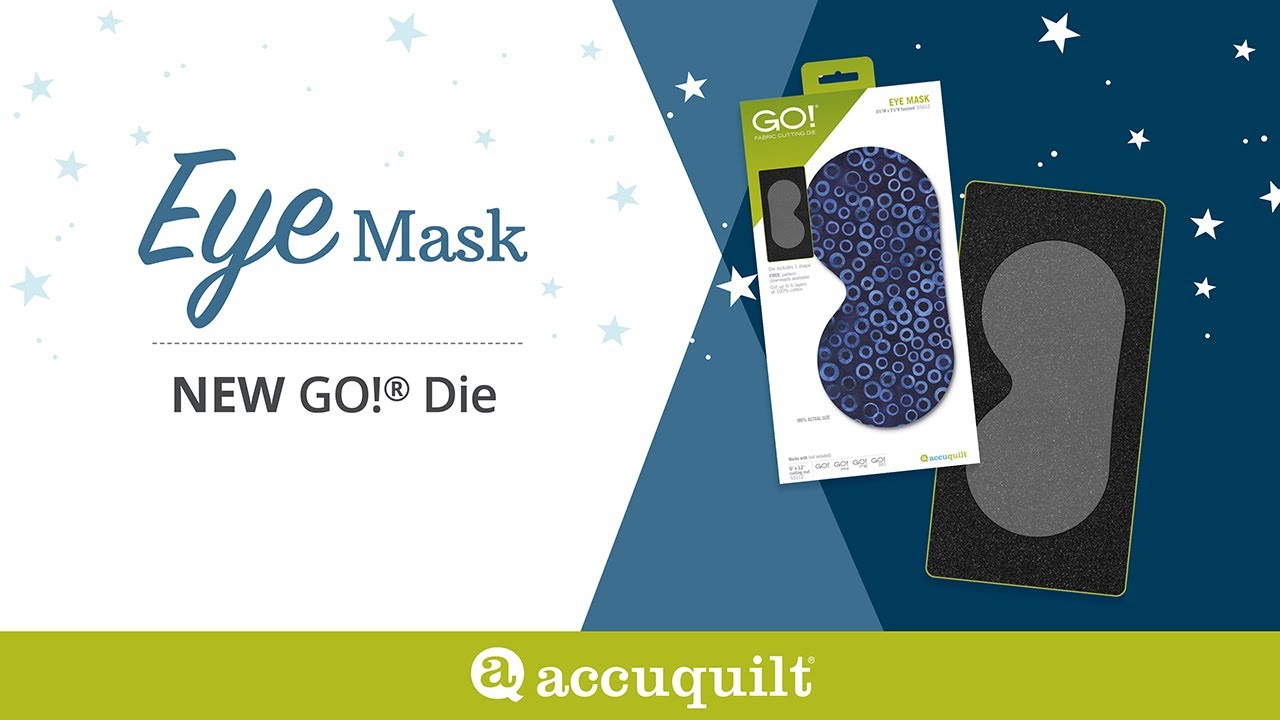Experience the mesmerizing allure of Eye Fabric: a revolutionary textile that will captivate your senses and enhance your visual experience. Crafted with the utmost precision and attention to detail, this fabric is designed to elevate your style and leave a lasting impression.
Eye Fabric is not just an ordinary material; it is a work of art. Its intricate patterns and vibrant colors fuse seamlessly to create a visually stunning masterpiece that is sure to turn heads. The eye-catching design effortlessly draws attention, making it the perfect choice for those who crave uniqueness and individuality in their fashion choices.
But Eye Fabric doesn’t just stop at aesthetics. Its ultra-soft and sensational texture adds a luxurious touch to any garment it adorns. Whether you’re wearing it as an elegant dress, a cozy sweater, or a statement accessory, you’ll feel its gentle embrace against your skin, providing you with unmatched comfort throughout the day.
Durable and versatile, Eye Fabric is designed to withstand the test of time. Its high-quality composition ensures that it remains intact, even after multiple washes, so you can enjoy its beauty for years to come. Whether you’re attending a formal event, a casual gathering, or simply lounging at home, Eye Fabric effortlessly elevates your style and adds a touch of sophistication to any occasion.
Unleash your creativity and let Eye Fabric be the canvas for your fashion dreams. With its eye-catching design, ultra-soft texture, and unparalleled durability, this fabric is a must-have for any fashion enthusiast. Elevate your style and make a statement with Eye Fabric.

The Importance of Eye Fabric in Protecting Your Vision
When it comes to protecting our eyes, we often focus on sunglasses and eyewear, but have you ever considered the role of eye fabric? Eye fabric refers to the material used in the construction of various eye-related products, such as eyeglass frames, contact lenses, and even surgical implants. In this article, we will explore the different types of eye fabric and their importance in safeguarding our vision.
1. Eyeglass Frames: The Foundation of Eye Fabric
Eyeglass frames are the most common eye-related product that utilizes eye fabric. They provide the necessary support and stability for prescription lenses or sunglasses. The material used in eyeglass frames can vary, but the most popular ones include metal, plastic, and titanium.
Plastic frames, made from acetate or cellulose propionate, are lightweight, affordable, and available in a wide range of colors and styles. They are also hypoallergenic, making them suitable for people with sensitive skin. Metal frames, on the other hand, are usually made from stainless steel or titanium, offering durability and flexibility. They are ideal for people involved in sports or other physical activities.
Regardless of the material, it is crucial to choose frames that fit properly and comfortably. Ill-fitting frames can cause discomfort and even lead to vision problems over time.
2. Contact Lenses: The Evolution of Eye Fabric
Contact lenses have come a long way since their invention. Originally made from glass, modern contact lenses are now predominantly made from soft silicone hydrogel material. This material is highly breathable, allows more oxygen to reach the cornea, and provides enhanced comfort for the wearer.
Soft contact lenses are also available in different types, such as daily disposable, monthly, or extended wear. Each type offers unique benefits, depending on the wearer’s lifestyle and needs.
It is important to note that contact lenses require proper care and hygiene to prevent eye infections and other complications. Regular cleaning and disinfection, as well as following the recommended wearing schedule, are essential.
3. Surgical Implants: The Cutting-Edge of Eye Fabric
Surgical implants, such as intraocular lenses (IOLs), play a pivotal role in vision correction surgeries like cataract removal. IOLs are designed to replace the natural lens of the eye, restoring clear vision for individuals with cataracts or other vision impairments.
These implants are typically made from biocompatible materials, such as silicone or acrylic, which are well-tolerated by the human body. The choice of material depends on various factors, including the patient’s eye health, lifestyle, and surgeon’s recommendation.
The advancements in surgical implant technology have led to the development of multifocal and toric IOLs, which can correct both near and distance vision, as well as astigmatism. These innovative implants have revolutionized the field of vision correction, providing patients with greater visual freedom and reducing their reliance on glasses or contact lenses.
4. Protective Eyewear: Safeguarding Your Eyes in Hazardous Environments
Eye fabric also plays a vital role in protective eyewear designed for specific activities or hazardous environments. Safety glasses, goggles, and face shields are all examples of eye protection gear that utilize specialized materials to shield the eyes from potential harm.
These materials are impact-resistant and capable of withstanding high-velocity projectiles, chemicals, and harmful radiation. Polycarbonate, a lightweight and durable plastic, is commonly used in safety eyewear due to its excellent impact resistance. It is also used in sports goggles to protect athletes’ eyes during contact sports.
When engaging in activities that pose a risk to your eyes, investing in high-quality protective eyewear is crucial to prevent injuries and maintain good vision.
5. Future Innovations: Pushing the Boundaries of Eye Fabric
The field of eye fabric is continuously evolving, with researchers and manufacturers exploring new materials and technologies to enhance eye protection and vision correction. One exciting development is the use of smart fabrics and nanotechnology in eyewear.
Smart fabrics can incorporate sensors and electronic components to monitor various eye health parameters, such as intraocular pressure or tear film stability. These advancements can revolutionize the way we diagnose and manage eye conditions, leading to earlier detection and more effective treatments.
Nanotechnology, on the other hand, involves manipulating materials at the atomic and molecular level. This technology has the potential to improve the durability, clarity, and optical properties of eye fabric, further enhancing the performance of eyewear products.
Conclusion: The Hidden Importance of Eye Fabric
While often overlooked, eye fabric is an essential component of various eye-related products, contributing to our vision health and protection. From eyeglass frames to contact lenses, surgical implants, and protective eyewear, the choice of material can significantly impact comfort, safety, and visual outcomes.
As technology advances, we can expect even more exciting innovations in eye fabric, pushing the boundaries of what is possible in eye care and vision correction. By staying informed and making informed choices, we can ensure our eyes are well-protected and our vision remains clear for years to come.
“Swiftly Trim Your Eye Mask Fabric for Instant Sleep Bliss”
List of Eye Fabric
Eye Fabric
| Fabric Type | Properties | Applications |
|---|---|---|
| Silk | Silk is a luxurious fabric known for its softness, smoothness, and natural sheen. It has excellent draping qualities and is highly breathable, allowing air to circulate around the eyes. | Commonly used in high-end sleep masks and eye pillows, silk fabric helps to create a soothing and comfortable environment for restful sleep. Its hypoallergenic properties make it suitable for people with sensitive skin. |
| Cotton | Cotton fabric is lightweight, breathable, and absorbs moisture effectively. It offers a soft and gentle touch to the skin, making it suitable for delicate areas like the eyes. Additionally, cotton can be easily washed and maintained. | Widely used in eye masks, cotton fabric provides a comfortable and natural feel during sleep. It is also used for eye patches or compresses, as it allows the skin to breathe and promotes healing. |
| Satin | Satin is a smooth, glossy fabric commonly made from silk, polyester, or nylon. It has a lustrous appearance and a luxurious feel. Satin is known for its ability to reduce friction on the delicate skin around the eyes. | Often used in eye masks and pillowcases, satin fabric helps to prevent wrinkles and creases caused by compression during sleep. It is also favored for its cooling effect and its ability to retain moisture, keeping the skin hydrated. |
| Velvet | Velvet is a plush fabric with a dense pile, giving it a soft and luxurious texture. It provides excellent insulation, making it suitable for colder climates. Velvet fabric also offers a gentle cushioning effect for the eyes. | Found in eye masks and sleep cushions, velvet fabric adds a touch of elegance and comfort to the sleeping experience. Its ability to block out light effectively enhances relaxation and promotes better sleep quality. |
As an expert in eye fabrics, it is important to consider the properties and applications of different materials when selecting the ideal fabric for eye-related products. Silk, cotton, satin, and velvet are some of the most popular choices due to their distinct characteristics and benefits. Whether aiming for a soothing and luxurious experience or seeking functional properties such as breathability or insulation, these fabrics offer a range of options to suit individual preferences.

